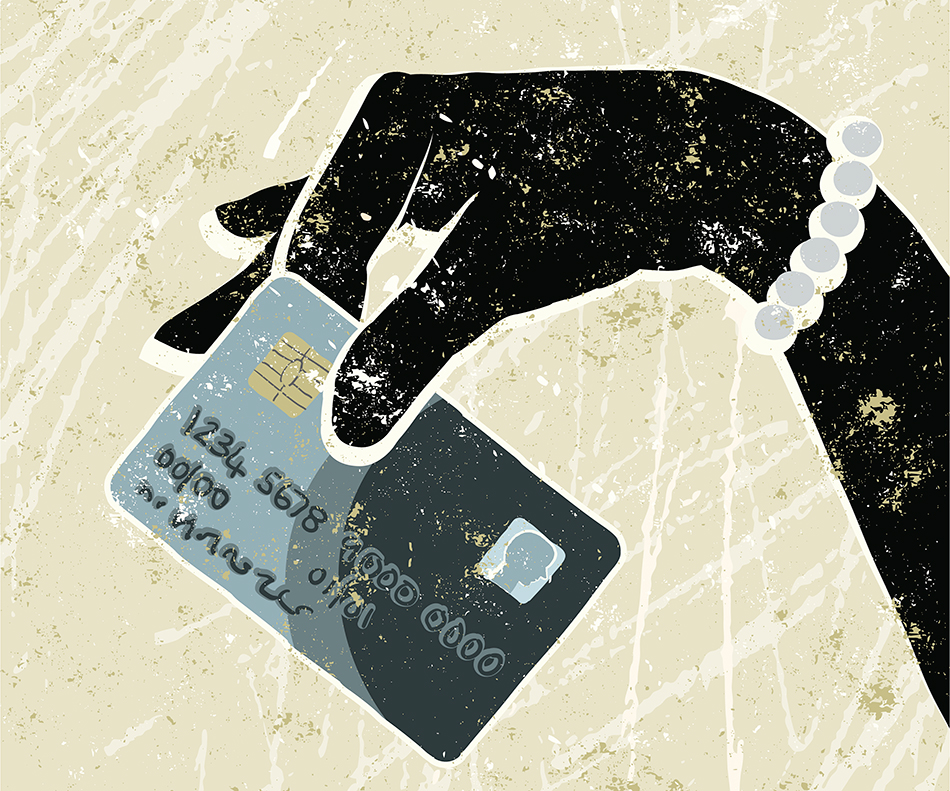This End of Financial Year (EOFY) is looking a little different this year, with a heap of changes being implemented to account for the COVID-19 pandemic and the changes it has caused to our working lives.
It could mean that you’ve had to work from home, or perhaps you were unfortunately stood down from your job due to economic pressures on your company.
So with tax time set to be somewhat unprecedented this year, we had a chat to AMP Financial Adviser, Andrew Heaven, about how to make sure all your ducks are in a row when it comes to submitting your return this EOFY.
Keep on scrolling to read Andrew’s top tips.
Deductions during COVID-19
“With the changes to many Australians daily lives and working lives due to COVID-19, the government has recently released new guidance on claiming working from home expenses as a tax deduction,” says Andrew.
“As many have had to set up an office at home, it will be well worth familiarising yourself with the new guidelines to ensure you make the most of EOFY deductions.”
There are two other ‘methods’ you can use when claiming your COVID-related working from home expenses.
Fixed rate method
“The fixed rate method lets Australians claim a deduction of 52 cents for each hour worked from home for the additional work related expenses incurred,” Andrew explains.
This covers all expenses incurred for:
● Depreciation in value of home office furniture
● Utilities such as electricity and gas
● The cost of repairs to home office equipment and furniture
“To use this method, you need to have a dedicated work area, such as a home office when you work from home. It’s also worth noting that the fixed rate method doesn’t include phone, internet, computer and stationery, so these will need to be separately calculated,” says Andrew.
Actual cost method
The actual cost method allows Australians to claim the additional running costs directly incurred as a result of working from home, including:
● Utilities such as electricity and gas
● Decline in value of home office furniture
● Decline in value of devices such as phones and laptops
● Internet and phone expenses
● Cleaning – only if you use a dedicated area for work
● Stationary items
“When it comes to this method, it’s important to remember that if you don’t have a dedicated work area, such as a home office, you generally will only incur minimal additional running expenses,” Andrew explains.
“If you’re working from a common area at home such as the dining room or lounge room that other members of the household are using to watch television at the same time, you won’t be incurring any additional costs.”
For more information, visit www.ato.gov.au

Andrew Heaven, Financial Adviser at AMP, suggests seeking advice of a financial adviser and/or accountant to get a holistic view of your finances this tax time.
(Image: Getty)Examples of what items you can claim
While some people may have always worked from home, these new COVID-19 tax guidelines have muddied the waters slightly, according to Andrew.
“There’s likely to be more items than normal that you can claim on tax this year,” he explains. “The general rule of thumb still applies, as long as a claim is a business expense and your employer hasn’t reimbursed you for it, you can claim it in your return.”
Think utilities such as your energy and phone bills – but only for the work-related portion they’ve been used for.
“To help keep on track with managing this expense and splitting the work related portion out from general living expenses, having a dedicated room/office at home and keeping timesheets is a good idea,” Andrew suggests.
“Make sure you take into account other members of your household when you work out your expenses, if another member of your household is using the same area of the house or same service, you’ll need to apportion expenses accordingly.”
Generally, you can also claim the full value of small items such as computers and stationery up to $300 as a tax deduction, or the depreciation of assets over a certain amount of time.
“This includes office staples such as a desk, chair, computers and other general office equipment. You can also claim back the cost of keeping your workspace clean, any repair costs incurred and items including printer paper and ink,” Andrew says.
If you’re claiming a deduction for an asset that cost $300 or more, you need to calculate the decline in value for the period you:
● Owned the assets during the income year
● Used the assets for WFH purposes
Have your proof
“In order to maximise your refund and prove the above expenses, it’s a good idea to log your home working hours and any costs incurred in a diary,” Andrew suggests.
“As always, make sure you keep copies of all your receipts and bills, this makes life much easier once you’ve completed your tax return and saves you the hassle of having to retrospectively go back through documents. Being organised will also make sure you can make the most out of what you’re entitled to.”

Make sure you know exactly what you can claim from your working from home stint to get the most out of your tax return.
(Image: Getty)What CAN’T you claim?
Unfortunately, your morning coffee run doesn’t count.
“Things like food, tea, coffee and lunch are not claimable as they are still regarded as discretionary expenses,” says Andrew.
“The same rule applies here just as it would under normal circumstances, you can’t claim a deduction for the cost of a coffee if you grab one on your break at work. This is because you’re technically not incurring any additional expenses as you’d eat lunch regardless if at home or at work.”
You also can’t claim anything you’ve been reimbursed for or has been paid for directly by your employer.
For those on JobSeeker or Jobkeeper
For JobKeeper, affected employers will be able to claim a taxable fortnightly payment of $1,500 per eligible employee for a maximum of six months, which then must be passed onto employees.
For individuals aged between 22 and the Age Pension age who require financial assistance while looking for work, the government offers the JobSeeker payment – an additional $550 per fortnight, to new and existing eligible income support recipients.
“If you are receiving either of their payments, it makes little difference to your tax return, as these amounts are taxable as normal income,” says Andrew.
“With all the changes that have come into place this financial year it can be pretty confusing. To make sure you get the most out of your return, you should talk to your financial adviser and an accountant.”
This is general advice and before taking any action, consult a financial planner to consider how appropriate the advice is to your objectives, financial situation and needs.

